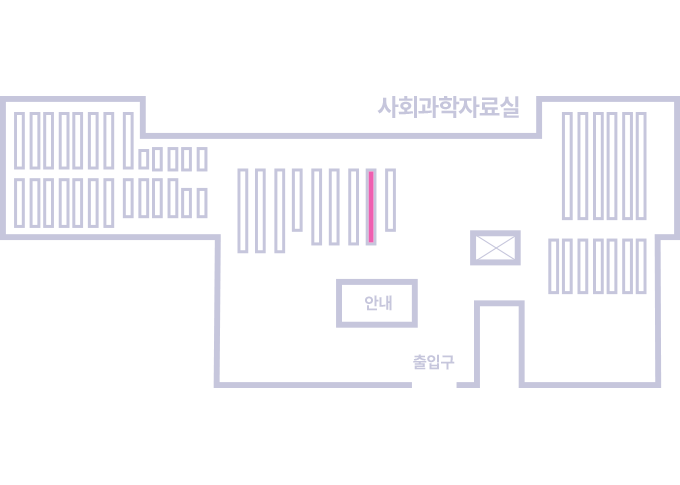권호기사보기
| 기사명 | 저자명 | 페이지 | 원문 | 기사목차 |
|---|
| 대표형(전거형, Authority) | 생물정보 | 이형(異形, Variant) | 소속 | 직위 | 직업 | 활동분야 | 주기 | 서지 | |
|---|---|---|---|---|---|---|---|---|---|
| 연구/단체명을 입력해주세요. | |||||||||
|
|
|
|
|
|
* 주제를 선택하시면 검색 상세로 이동합니다.
표제지
목차
Ⅰ. 서 론 4
Ⅱ. 실험 재료 및 방법 5
1. 실험 재료 5
2. 시편제작 5
1) 분극실험(Potentiodynamic polarization test) 5
2) 침적실험(Immersion test) 6
3. 용접 6
1) 납착 6
2) 레이저융합 7
4. 실험 방법 7
1) 분극실험 7
2) 침적실험 8
3) 주사전자현미경 관찰 8
5. 통계 8
Ⅲ. 실험성적 8
1. 분극실험 8
2. 침적실험 11
3. 주사전자현미경 관찰 15
Ⅳ. 총괄 및 고안 17
Ⅴ. 결론 20
참고문헌 21
ABSTRACT 24
Fig. 1. A schematic drawing of potentiodynamic polarization test specimen 6
Fig. 2. A schematic drawing of immersion test specimen 6
Fig. 3. Working electrode 7
Fig. 4. Electropotential set 8
Fig. 5. Potentiodynamic polarization scan curverecorded in as cast specimens. E(mV, vs.SCE): Potential relative to reference electrode. logi(A/ ㎠): Log current density 10
Fig. 6. Potentiodynamic polarization scan curverecorded in solder specimens. E(mV, vs.SCE): Potential relative to reference electrode. logi(A/ ㎠): Log current density 10
Fig. 7. Potentiodynamic polarization scan curverecorded in laser weld specimens. E(mV, vs.SCE): Potential relative to eference electrode. logi(A/ ㎠): Log current density 10
Fig. 8. Potentiodynamic polarization scan curverecorded in Pontor MPF. E(mV, vs.SCE): Potential relative to eference electrode logi(A/ ㎠): Log current density 10
Fig. 9. Potentiodynamic polarization scan curverecorded in Jel-Bios 10. E(mV, vs.SCE): Potential relative to reference electrode. logi(A/ ㎠): Log current density 10
Fig. 10. Potentiodynamic polarization scan curverecorded in Wiron 99. E(mV): Potential relative to reference electrode. logi(A/ ㎠): Log current density 10
Fig. 11. Potentiodynamic polarization scan curverecorded in Wirobond. E(mV): Potential relative to reference electrode. logi(A/ ㎠): Log current density 11
Fig. 12. Ion release as a function of time in as㎍/㎠) 14
Fig. 13. Ion release as a function of time in㎍/㎠) 14
Fig. 14. Ion release as a function of time of㎍/㎠) 14
Fig. 15. Comparison of total amount of released ion㎍/㎠?14days) 14
Fig. 16. Pontor MPF _ As cast; After 14days 15
Fig. 17. Pontor MPF _ Solder; After 14days 15
Fig. 18. Pontor MPF _ Laser weld; After 14days 15
Fig. 19. Jel-Bios 10 _ As cast; After 14days 15
Fig. 20. Jel-Bios10 _ Solder; After 14days 15
Fig. 21. Jel-Bios 10 _ Laser weld; After 14days 15
Fig. 22. Wiron 99 _ As cast; After 14days 16
Fig. 23. Wiron 99 _ Solder; Before corrosion 16
Fig. 24. Wiron 99 _ Solder; After 14days 16
Fig. 25. Wiron 99 _ Solder; After 7days 16
Fig. 26. Wiron 99 _ Solder; After 14days 16
Fig. 27. Wiron 99 _ Solder; After 7days 16
Fig. 28. Wiron 99 _ Solder; After 14days 16
Fig. 29. Wiron 99 _ Laser weld; After 14days 16
Fig. 30. Wirobond _ As cast; After 7days 17
Fig. 31. Wirobond _ Solder; After 14days 17
Fig. 32. Wirobond _ Laser weld; After 14days 17
Fig. 33. Average amount of released elements with time in pilot study(㎍/㎠?day) 19
*표시는 필수 입력사항입니다.
| *전화번호 | ※ '-' 없이 휴대폰번호를 입력하세요 |
|---|
| 기사명 | 저자명 | 페이지 | 원문 | 기사목차 |
|---|
| 번호 | 발행일자 | 권호명 | 제본정보 | 자료실 | 원문 | 신청 페이지 |
|---|
도서위치안내: / 서가번호:

우편복사 목록담기를 완료하였습니다.
*표시는 필수 입력사항입니다.
저장 되었습니다.